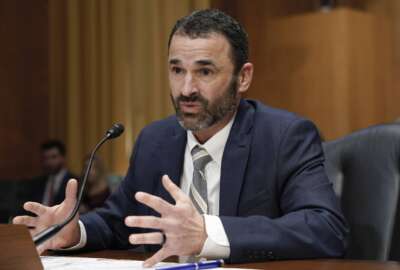All organizations, public or private sector, are living by their network. If email or video teleconferencing system or the phones go down, even for five minutes or heaven forbid an hour, what happens to the employees’ ability to do their jobs? Does it comes to a standstill? Do they even have documents on paper?
The answer to most of those questions are similar for all of agencies–first it’s “what the heck?”
Then it’s “I can’t do anything?”
Then it’s “I’m going for a walk, or getting coffee” or these days, “I’m taking a nap.”
This is because almost everything agencies do requires the ability of the network to work and work consistently well.
In a 2009 white paper, McKinsey wrote “There’s ample evidence that the creative use of infrastructure has helped leading companies to make themselves more efficient, redefine their business models, and improve the customer experience.”
11 years later this is truer than ever.
Agencies need to modernize and transform their networks to take advantage of the emerging technologies, cloud applications and improve security.
That modernization and transformation, mainly through the Enterprise Infrastructure Solutions (EIS) program, is starting to happen.
Agencies are starting to implement technologies like voice over IP (VOIP) at an accelerated rate, and some are starting to move toward software defined networking capabilities.
There are key factors and considerations for agencies to ensure a successful transformation and modernization of their networks. The goal, in many cases, is to better understand the benefits and promises of moving to a software defined wide area network (SD-WAN).
The stitching together of the network is more important than ever, and ensuring that we have the tools to do that in a way that allow us to be agile and quick in our response to manage that complexity, and be able to monitor and quickly tune our network and ensure that we are securing this more complex enterprise is something we are very focused on.
Howard Spira
Chief Information Officer, Export-Import Bank
Software-defined wide area network are a good building block. The other pieces of the pie that are starting to show up are network function virtualization, especially given COVID-19 where we can’t even get to our sites and there is a touch aspect of it that is required. NFV and SD-WAN combined together provide you the ability to scale faster and even deploy software from your central hub. You have a controller than controls everything and you can deploy within a couple of minutes or within a couple of hours and scale much better to a rapidly changing environment.
Zain Ahmed
Vice President and General Manager, Civilian Sales, CenturyLink
Our security experts are working side-by-side with the Cybersecurity and Infrastructure Security Agency to educate all the agencies and industry on what TIC 3.0 is and what can and can’t be done. We are taking the use cases that are being developed and bringing it back into our industry partners and allowing them to develop the types of solutions to be offered out as a service or a component that can be bought and added into the infrastructure.
Allen Hill
Executive Director, Office of Telecommunications, General Services Administration
Listen to the full show:
Copyright
© 2024 Federal News Network. All rights reserved. This website is not intended for users located within the European Economic Area.











